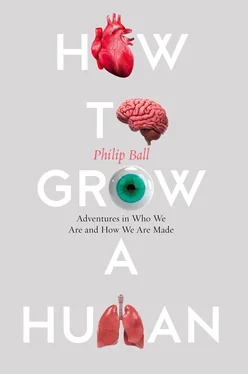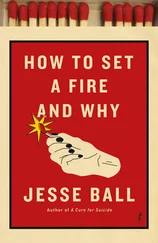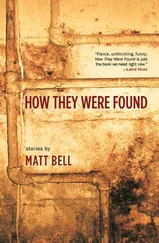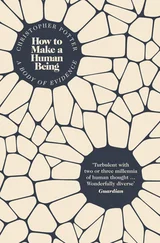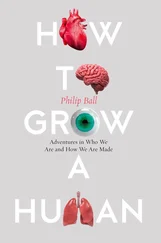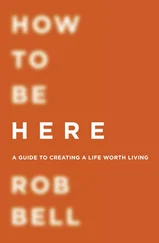This is why I will be constantly alert to the narrative, and will ask, “why this story, and not some other?” Whether we are talking about cancer or immunity, cell signalling or tissue engineering, the science becomes packaged right from the outset inside a story, and this means that we impute agency, make choices about what to include and what not to, and suggest certain goals and not others. Even scientists speaking to other scientists need to use metaphors and narratives somewhere along the road, to give the mind purchase on concepts that are otherwise too slippery and too complex to comprehend. The only danger in all this, as in stories about “selfish genes”, is if we tell ourselves that all we are doing is relating objective truths.
I’d suggest that you might want to be alert to the narratives that I shall deploy too – for I am no more immune than anyone else to the tendency, the need, to tell a story, and the habit of using framing devices unconsciously. Challenge me on it. I promise to try not to mind.
It’s for this reason too that I think it is always important to know something about the historical context in which a scientific idea has arisen. We will see that, for example, cell theory was originally deemed to have a political dimension, and tissue culture was driven by social agendas. Some scientists might say, “oh, but that was then, and we have shed that baggage now and are dealing just with plain facts.” But I suspect that few scientists working on fertility and infertility would say this, and certainly they should not. They know very well that whatever they discover will be refracted through a complex social legacy of attitudes to baby-making, sex and gender. Geneticists labour under the shadow of the field’s eugenic past, and this goes beyond the stark fact that such work once led to enforced sterilization of the “unfit” in many countries and was embraced by the Nazis. Unease and dispute remain today over the implications of genetics for incendiary issues like race, class, intelligence and disability. What this means is that culture, past and present, may shape the scientific questions we ask, the models we develop, and the stories we tell.
I know from experience that there is a kind of reader who says, “I don’t care about that, just give me the science!” If you are that kind of reader, I’d humbly reply: I cannot give you “just the science”, because it already comes with a story attached. In this field – which I find breathtaking, perplexing, occasionally disturbing – there is never “just the science”.
When we ask, “how to grow a human”, we cannot possibly be asking “just” a question about science. That’s what makes the question so interesting.
INTRODUCTION
MY BRAIN IN A DISH
In the summer of 2017, a small piece of my arm was removed and turned into a rudimentary miniature brain. This book is my attempt to make sense of that strange experience.
On a hot day that July, I lay on a bed in the Institute of Neurology at University College London while neuroscientist Ross Paterson gouged a little chunk from my shoulder with a kind of miniature surgical apple-corer. A dab of local anaesthetic made it painless; to my great relief, there wasn’t much blood.
Bathed in a nutrient solution in a test-tube, that piece of my flesh was the seed for what, eight months later, would resemble a tiny brain.
It was my own “mini-brain”, a blob of neurons about the size of a lentil. They wired themselves into a dense network and could signal to one another in the way neurons do. I’m not going to say it was thinking; probably these signals were not much more than random sparks, incoherent noise, signifying nothing. But no one really knows how to think about what goes on inside a mini-brain, any more than they know what transpires in the formative brain of a fetus when it is of comparable pea-size.
This process of culturing new tissues from a piece of arm is not the way to create a human. But it could one day become a basis for doing that.
It’s not obvious why anyone, here and now, would think this a good idea. But the point is not that one day humans will, like the citizens of Aldous Huxley’s Brave New World , be cultivated from blobs of cells in the vats of some dystopian people-factory. The point is that such a vision is no longer obviously impossible. That alone should give us cause to revise our ideas about what we think we are. Having a piece of you grown into a mini-brain in an incubator five miles across town brings home to you, rather viscerally, why the need for that revision is upon us now.

My mini-brain under the microscope.
* * *
Let me explain.
My mini-brain was cultivated, nurtured and guided by neuroscientists Selina Wray and Christopher Lovejoy at UCL. That’s their job. They want to understand how brains develop, and in particular why some gene mutations send that process awry and trigger the onset of neurodegenerative diseases such as Alzheimer’s. These conditions, which many of us will confront – close to a million people in the UK are currently thought to be living with some form of dementia – are partly a consequence of ageing, but they can also have genetic roots. Some gene mutations confer particular susceptibility to dementias, and there are inheritable early-onset dementias that can affect people even in their thirties. My “brain in a dish” was grown as part of a large and ambitious project called Created Out of Mind, funded in 2016–18 by the Wellcome Trust to alter public perceptions of dementia and develop new tools for assessing the value of arts-based interventions for people living with these conditions.
Selina and Chris hope that, by studying the activity of genes in mini-brains cultured from the tissues of people with those genetic mutations, they might come to understand more about the causes, and ultimately find clues that could lead to possible cures. Scientists studying the genetic factors behind the neurodegenerative Huntington’s disease have already found that the baleful effect of one particular gene implicated in the condition can be tempered with drugs that intercept the conversion of the gene to a protein that is prone to “misfolding”. It’s this misfolded form that produces scarring and destruction of brain tissue. Others are working on vaccines that might prevent or remove the clumps of misfolded protein in the brain that seem to trigger Alzheimer’s itself.
To my knowledge, I do not have genes that make me susceptible to early-onset Alzheimer’s. But the aim of the Brains In A Dish project, coordinated by artist Charlie Murphy, was to explore and explain research like this through the response of its participants. Well, this book is mine.
I should be very clear what this term “mini-brain” implies. Some researchers reject it, and I see their point. Human neurons grown in a cell culture in this way can’t make a brain, not even in its early fetal form. But these nerve cells do start to create, under the direction of their own genetic programme, some of the features that a real developing brain exhibits. They become specialized into some of the many different cell types – not just neurons – that are found in our mature brains. And they acquire some of the anatomical structure of brains: the well-defined layers of neurons seen in the cortex, the folds and convolutions of the tissues. It’s rather like a very young child’s drawing of a person: not much of a resemblance really, but you can see what they’re getting at. You can see the potential to do a better job. A more neutral term for these lab-grown cell structures is “organoid”: the cells construct something that looks like a crude representation of an organ of the body, reduced in scale. It is possible to grow organoids resembling livers, kidneys, retinas, gut, as well as brains – all in a dish, outside the body. I want to ask what this means, for medicine, fundamental biology, philosophy and our sense of identity.
Читать дальше
